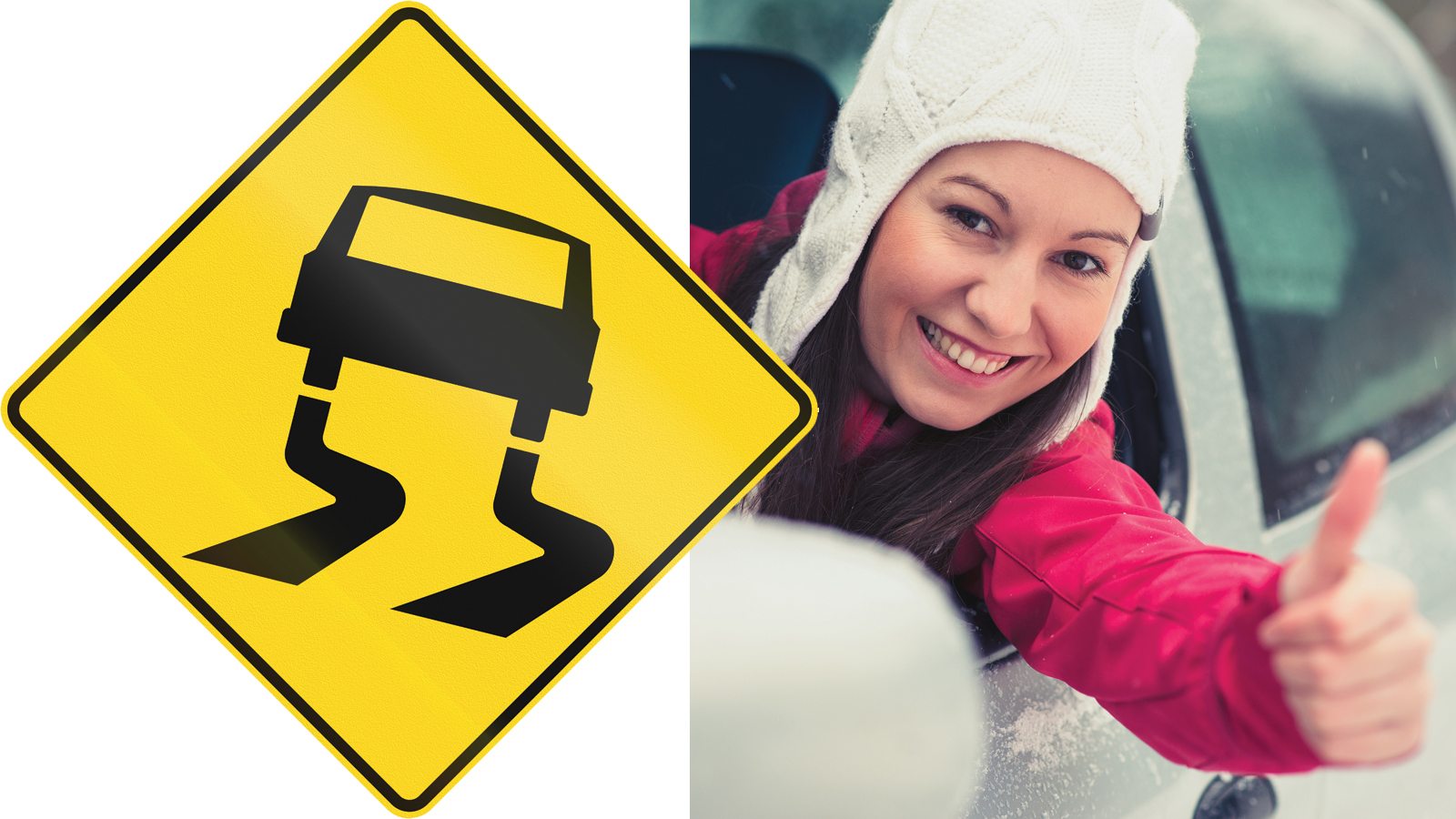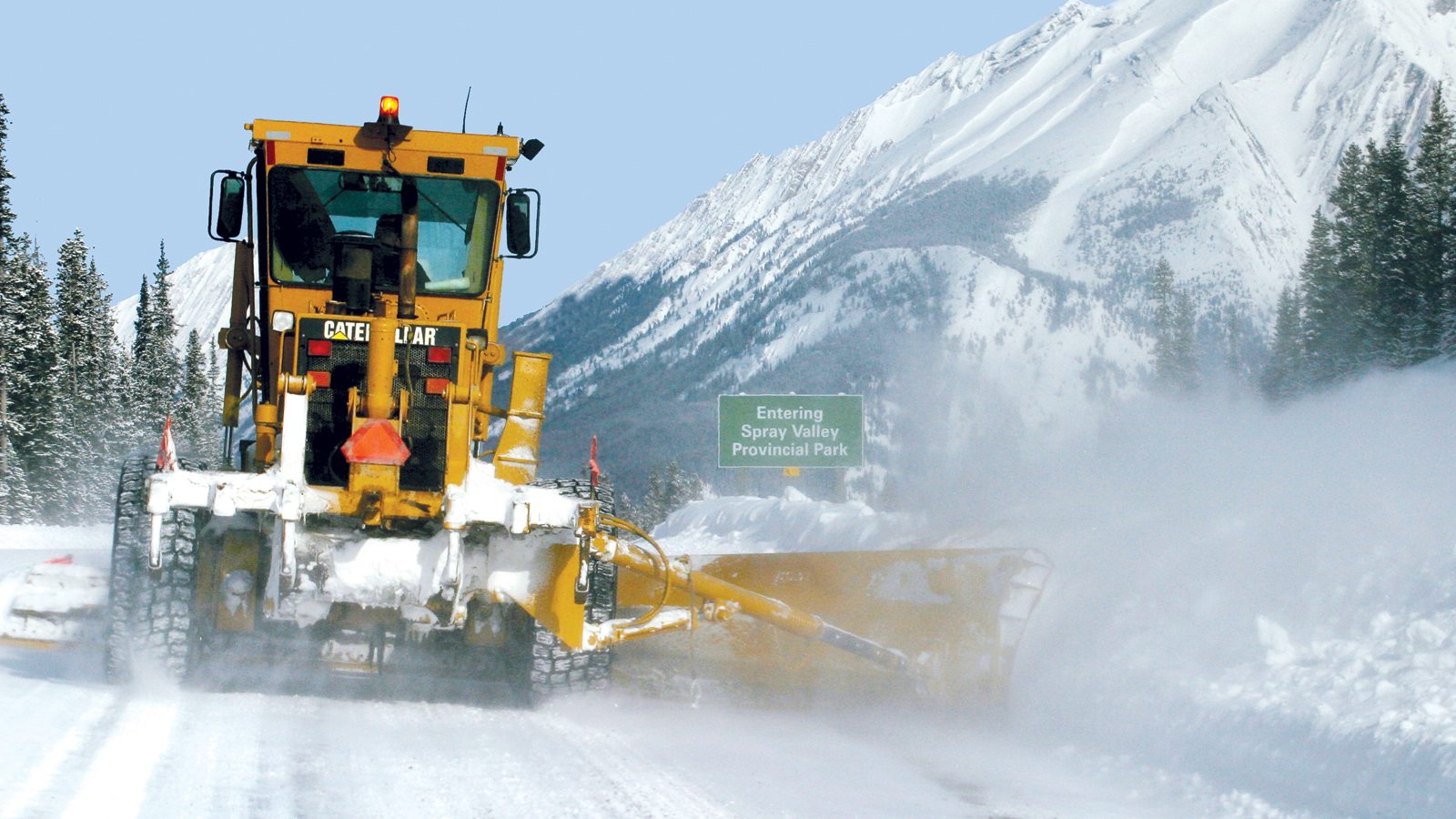There are many ways that winter roads can be hazardous in Alberta. Here are some of them, and what you should do to make sure you’re safely handling winter driving conditions.
FLUFFY BUT DANGEROUS
When road markings are obscured, slow down and leave lots of stopping distance. Always clear snow from your vehicle, including the roof. “You have to be able to see and be seen by others,” says Ryan Lemont, manager of AMA Driver Education. “Clean off your lights, mirrors and windows. If you leave a couple centimetres of snow on your hood, it’ll blow onto your windshield and snow on your roof or trunk will blow onto the car behind you.”
FROZEN OUT
Ice is often plentiful at intersections, where vehicles brake and accelerate. It’s also likely to form on bridges because the cool air beneath the span freezes the water on its upper surface. Slow down and leave extra room for stopping.
HIDDEN HAZARD
Black ice is just like ice but not so apparent—it’s “black” because the ice is clear and you can see the asphalt below. Watch for a sheen on the road surface and treat it as you would ice.
SLIPPERY WHEN WET
Freezing rain can make conditions so dicey that it’s sometimes safest to pull off the highway and wait. If you must drive, be sure you have good winter tires and wiper blades, plus plenty of wiper fluid.
STAY BACK
If you find yourself behind a snowplow, be grateful the road is being cleared and be patient. Don’t try to overtake it! “Every winter, there are crashes involving people trying to pass the plow,” Lemont says.
MORE TO READ
Why you should learn to drive in the winter
MOVE OVER
If you see emergency vehicles, including tow trucks, slow down to 60 kilometres per hour or the posted speed, whichever is lower. If possible, give them extra space by moving into the adjacent lane.
FOG ALERT
As with falling snow or freezing rain, if you run into fog, use your headlights’ low beams. “If you use high beams, it’s going to magnify the snow and fog and you’re not going to see very well,” Lemont says. “Or if you have fog lights, use them.”
WATCH FOR WILDLIFE
Animals will often wander near winter roadways, drawn by the salt and other detritus thrown up by cars. Keep an eye out for signs warning of wildlife.

STAY IN CONTROL
Eight tips for handling your vehicle in slippery winter conditions:
1 Always hold the steering wheel with both hands. “Use 9-and-3 positioning, so you can easily straighten out without oversteering,” says Lemont.
2 Don’t use cruise control on slippery roads. Your tires can lose traction trying to maintain a set speed.
3 Apply your brakes well before entering a turn, so the vehicle slows down in a straight line. Leave plenty of extra room for braking.
4 Don’t pump the brakes—especially if your car has an anti-lock braking system (ABS). “If you pump, you’re saying to the system, ‘I want to stop, I don’t want to stop, I want to stop, and so on,” Lemont notes. “With ABS, as soon as you apply the brakes full-on, it brings the vehicle to a stop.”
MORE TO READ
Three things you need to know about winter tires
5 If your car was built before 2011, it may not have ABS. In which case, push your brake pedal until it’s at the threshold of locking. Then ease up from there.
6 If you’re driving around a curve and your car starts to slide, keep a light grip on the wheel and steer gently in direction you want the vehicle to go. Just don’t turn the wheel too much: When the tires catch their grip again, you don’t want to overcorrect.
7 Don’t touch the brakes if your car is skidding out. If possible, shift into neutral and let the car slow on its own.
8 Look ahead down the road where you want to go and that’s where you’ll steer to. When the tires have found their grip again, resume an appropriate speed.
